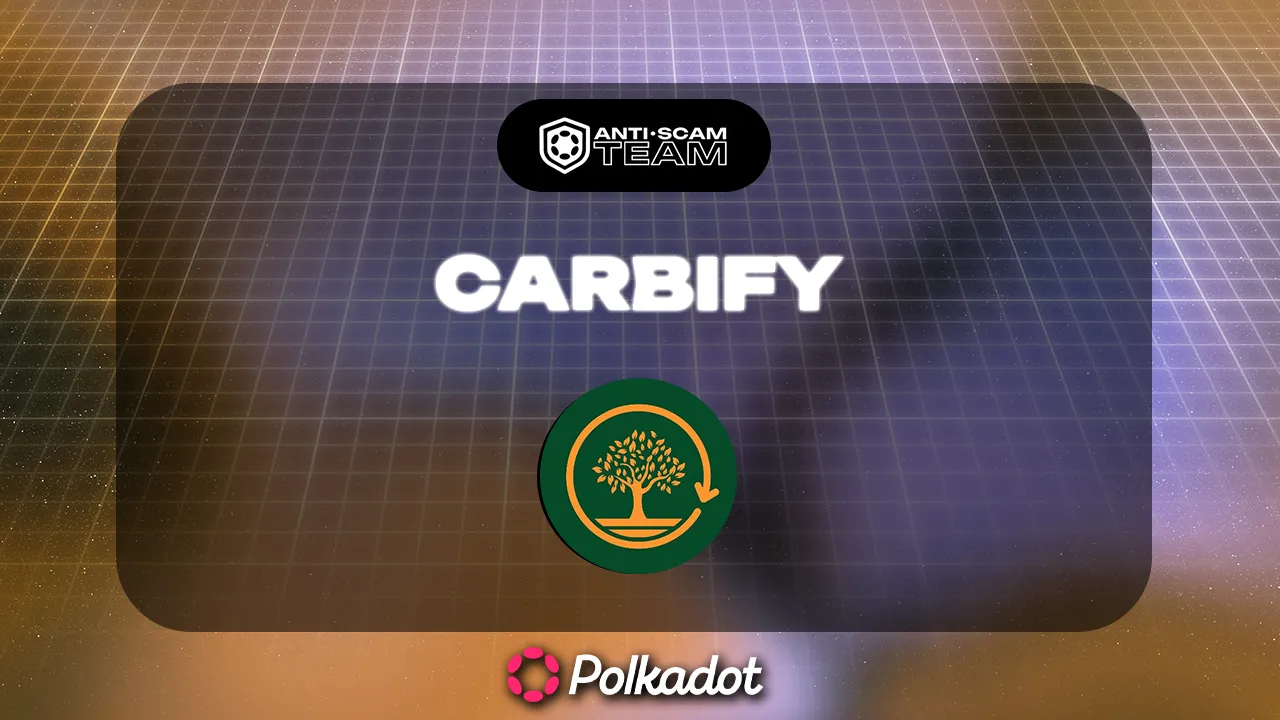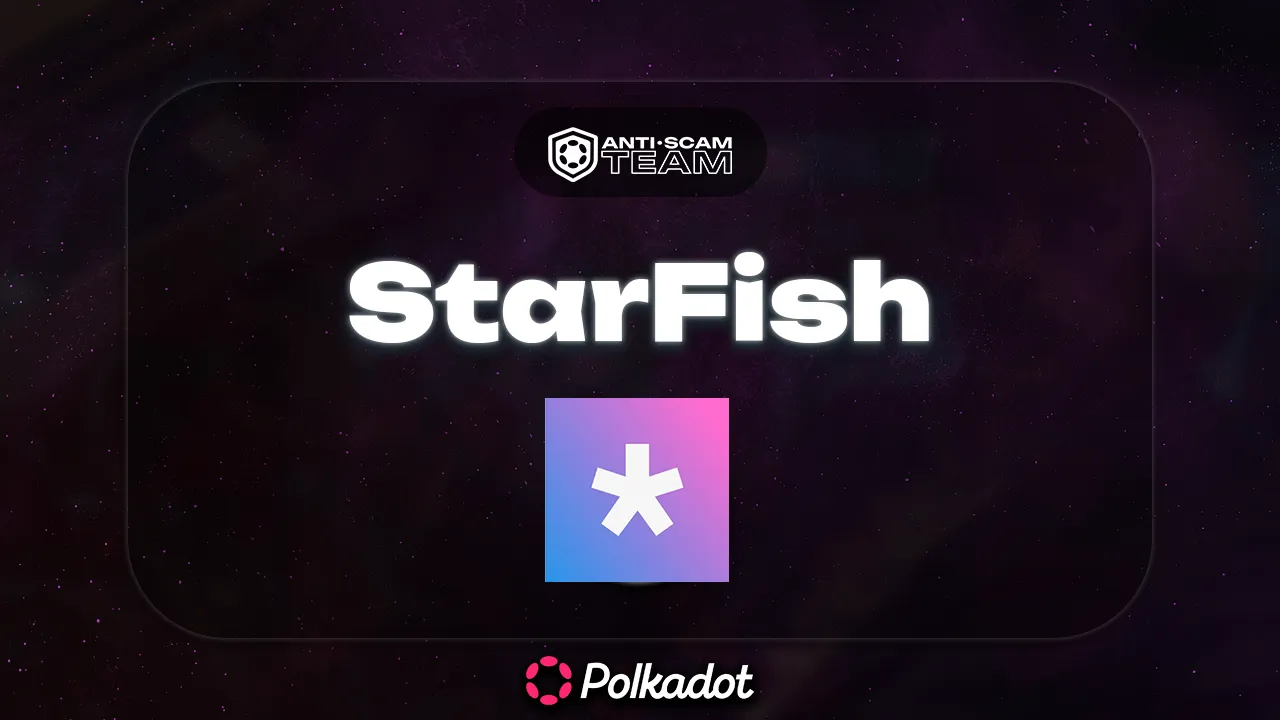Bittensor is an innovative project within the Polkadot ecosystem that aims to revolutionize the field of machine learning by decentralizing its development and establishing a peer-to-peer marketplace for machine intelligence. This review, conducted using the Digital Assets Risk and Trustworthiness (DART) assessment methodology, provides a comprehensive evaluation of Bittensor, focusing on its project structure, team, code quality, community engagement, business model, and overall risk.
Read the full DART document about Bittensor.
Bittensor Project Overview
Bittensor is categorized as a machine learning protocol built on the Polkadot network. The platform enables AI models to collaborate and form a collective digital hive mind, thereby accelerating knowledge expansion and innovation. By transforming machine intelligence into a tradable commodity, Bittensor democratizes access to AI resources, allowing developers from around the world to contribute to and benefit from the network.
Bittensor Team Composition
The Bittensor team includes co-founders Jacob Robert Steeves and Ala Shaabana, both of whom have impressive credentials in the fields of machine learning and computer science. Jacob Robert Steeves, with a background in mathematics and computer science, has experience working at Google and Knowm Inc., while Ala Shaabana, a Ph.D. holder, has served as an Assistant Professor at the University of Toronto and has extensive experience in machine learning research. Despite the strong backgrounds of these co-founders, the team’s overall transparency is limited, with only two members publicly named on the official website. This lack of transparency raises concerns about the project’s governance and operational structure.
GitHub and Code Quality
Bittensor is an open-source project with a publicly accessible codebase, fostering a collaborative environment for developers. The protocol’s GitHub repository shows a healthy level of activity, with 41 repositories and regular commits, indicating ongoing development and improvements. However, the project’s code quality, while sufficient, could benefit from further enhancements to attract a broader developer community. The documentation is well-maintained and of good quality, providing clear guidance for new contributors and ensuring that the project remains accessible to a wide range of developers.
Social Media and Community Engagement
Bittensor has a sizable and active community across various platforms, including Telegram, Discord, and X (formerly Twitter). The community on Discord, with over 28,000 members, is particularly notable for its rapid response times, which contribute to a high level of engagement. However, there are areas for improvement in community management, such as addressing occasional scam reports and enhancing visibility on platforms like Reddit. Additionally, the project’s official X handle is not linked on the website, which could lead to misinformation and diminish the handle’s credibility.
Business Model and Strategic Vision
Bittensor operates through a decentralized network where AI models and knowledge are traded as commodities, rewarding participants with TAO tokens. This business model offers significant value by reducing reliance on centralized entities and promoting collaboration within the AI community. The protocol’s strategic vision includes creating an open, accessible network, implementing mechanisms to ensure fair peer rankings, and maintaining a transparent token economy. However, the success of this model heavily depends on achieving widespread adoption and effectively managing the decentralized network.
Risk Assessment and Conclusion
The DART assessment identifies several strengths and areas for improvement in the Bittensor project. While the project’s innovative business model and experienced team provide a solid foundation for growth, there are concerns regarding team transparency, code quality, and community engagement. Additionally, the security of the decentralized network remains a critical area of concern, especially following recent security breaches.
Overall, Bittensor falls into the Moderate Risk category. Investors and stakeholders are advised to closely monitor the project’s developments, particularly in terms of code quality, community engagement, and network security. Despite these challenges, Bittensor has significant potential to impact the field of decentralized AI development, provided it continues to address these key areas.
Final Score: Moderate Risk
Disclaimer: The information in this report is based on data available as of Q3 2024 and is subject to change. Stakeholders are encouraged to conduct further research and stay updated with the project’s official communications.
For more details, read the full DART document for Bittensor.




